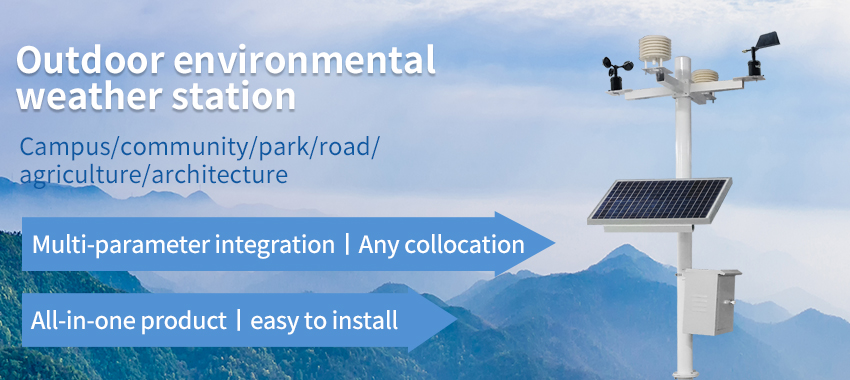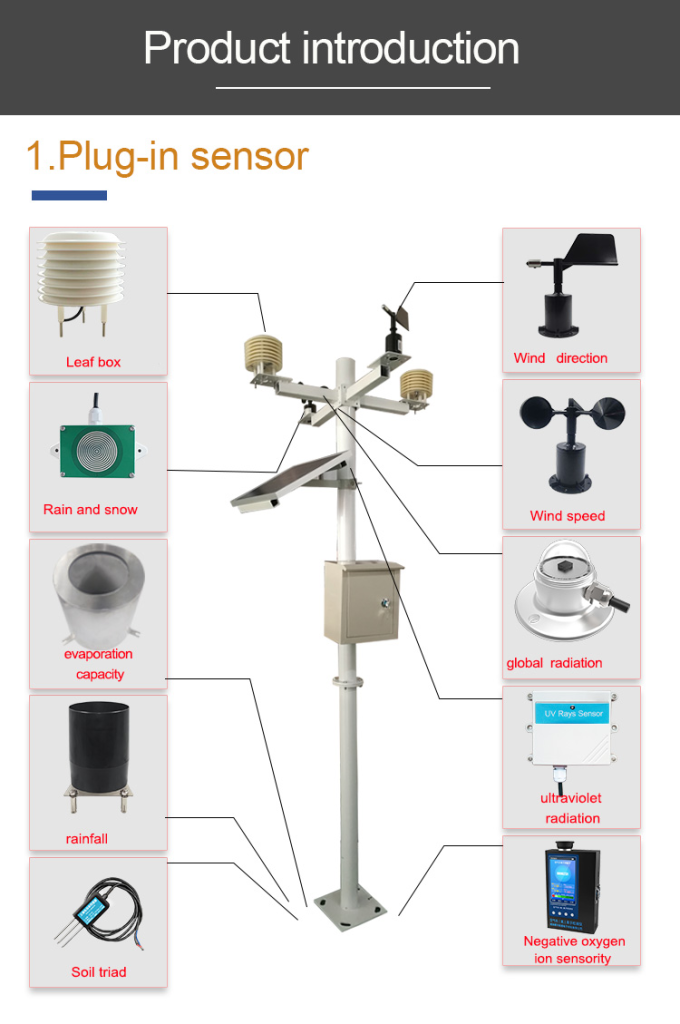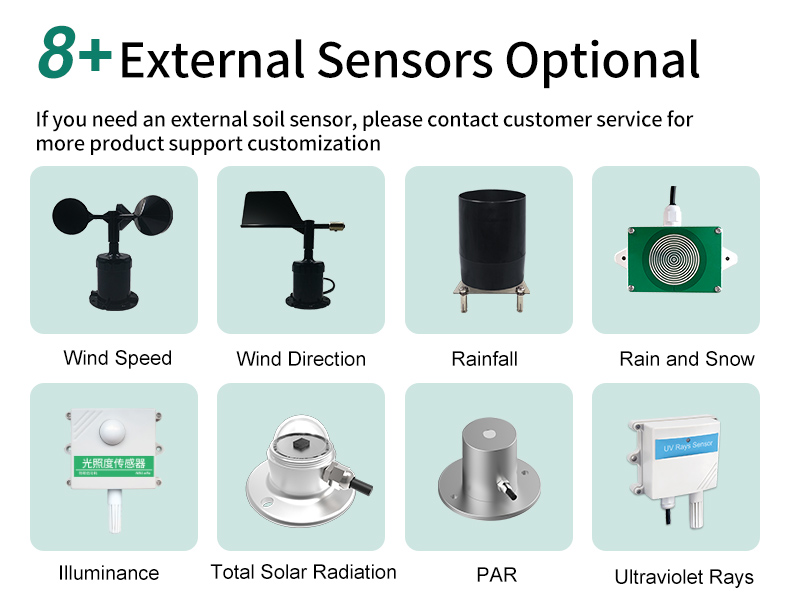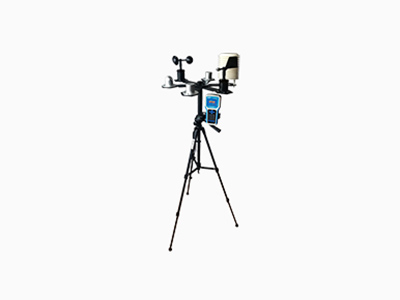Weather instruments play a fundamental role in understanding and predicting weather patterns. By providing accurate measurements of various atmospheric conditions, these instruments enable meteorologists to analyze data and make informed forecasts. In this article, we will discuss the top 10 weather instruments and their indispensable contributions to weather analysis.

Thermometer: Precise Temperature Measurement
Thermometers are indispensable for measuring temperature accurately. They consist of a bulb or sensor that detects heat and a calibrated scale to display the temperature. Meteorologists rely on thermometers to understand temperature variations, which are crucial for predicting weather conditions such as heatwaves, cold spells, and long-term climate changes.

Barometer: Monitoring Atmospheric Pressure
Barometers are vital instruments used to measure atmospheric pressure. They detect changes in air pressure, indicating weather patterns. By tracking the rise or fall in atmospheric pressure, meteorologists can predict the approach of low or high-pressure systems, which often lead to storms, wind shifts, and changes in weather patterns.
Hygrometer: Assessing Humidity Levels
Hygrometers measure humidity levels in the air. Humidity plays a significant role in weather phenomena such as cloud formation, rainfall, and evaporation rates. Accurate humidity data helps meteorologists predict precipitation, fog formation, and the overall comfort level associated with the weather. Hygrometers are also vital for agricultural planning and maintaining specific humidity conditions for crops.
Anemometer: Gauging Wind Speed and Direction

Anemometers are crucial for accurately measuring wind speed and direction. These instruments consist of rotating cups or propellers that spin with the wind’s force, while wind vanes indicate wind direction. Meteorologists use anemometers to understand weather systems, predict wind patterns, identify potential storm formations, and assess the intensity of wind-related events.
Rain Gauge: Quantifying Precipitation
Rain gauges are essential for measuring the amount of rainfall over a specific period. They collect rainwater and provide accurate measurements of precipitation. Rain gauge data helps meteorologists track rainfall patterns, assess storm severity, and monitor water balance in ecosystems. This information is crucial for flood predictions, irrigation planning, and effective management of water resources.
Illuminance sensor
We use illuminance sensors in agricultural greenhouses, floriculture and other occasions that require illumination and temperature and humidity monitoring. Sensor input power supply, induction probe, signal output three parts are completely isolated. Safe and reliable, beautiful appearance, easy installation. Analog output, flexible, can output current type or voltage type, wiring can adopt three wire system or four wire system.
Optical Rain Gauge
The optical rain sensor uses the principle of optical sensing to measure rainfall, uses infrared light as the measurement medium, and has multiple built-in optical probes. Avoid external light and fog and water to interfere with the detection of the optical rain sensor, making the measurement results more accurate. Compared with traditional mechanical sensors, optical rain is small in size, high in sensitivity, intelligent and easy to maintain.
Rain and snow detector
A rain and snow detector is a qualitative measurement device used to measure whether it is raining or snowing outdoors or in nature. It has high sensitivity and internal automatic heating mode, which can effectively prevent measurement errors caused by icing on the sensor surface in cold weather.
Conclusion
Weather instruments play a crucial role in weather analysis, providing meteorologists with accurate data on temperature, pressure, humidity, wind, and precipitation. The top 10 weather instruments discussed in this article are essential for understanding weather patterns, predicting weather events, and ensuring public safety. The continuous advancements in instrument technology enhance our ability to monitor and analyze weather conditions, leading to more reliable weather forecasts and effective disaster preparedness.
